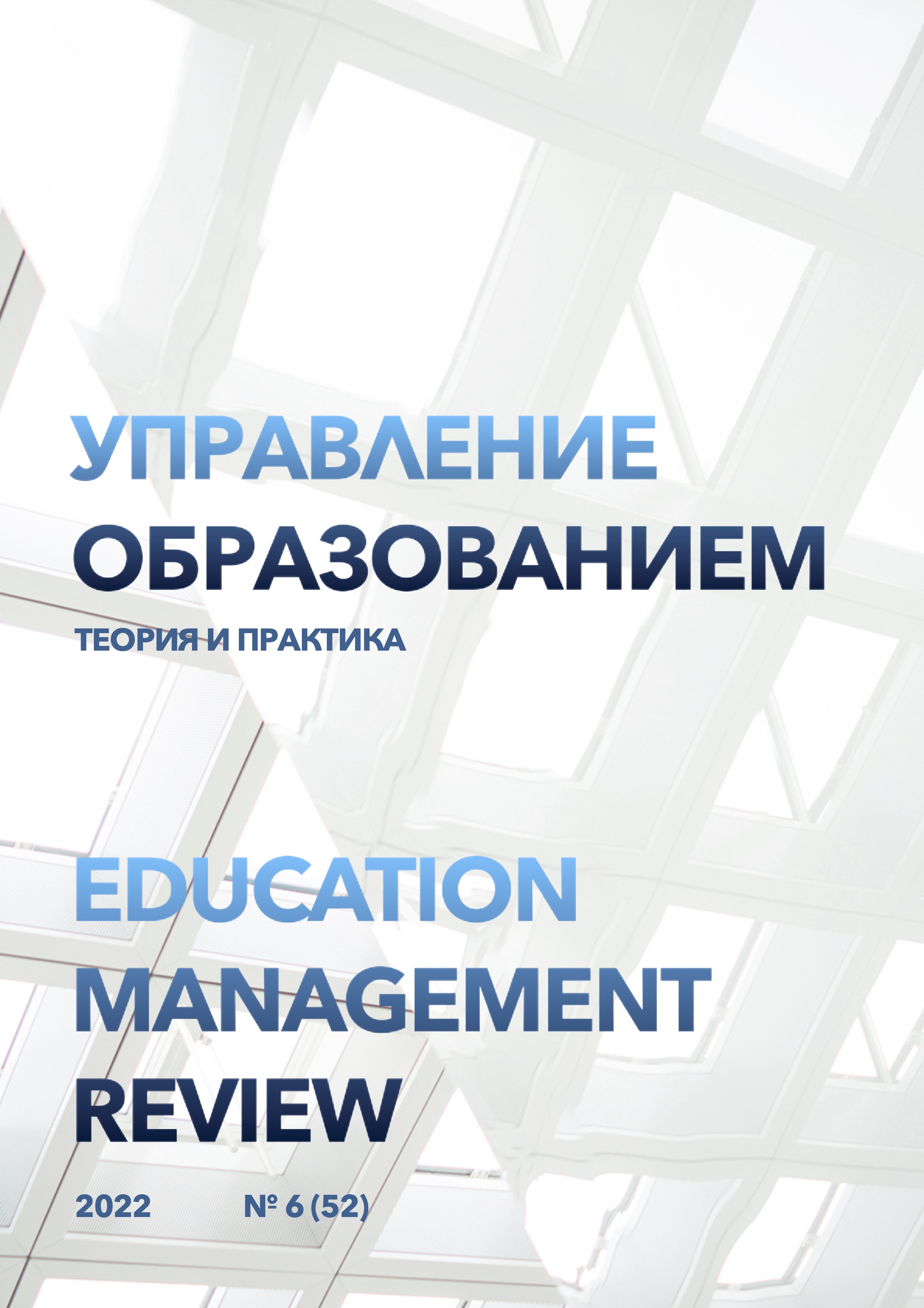Оптимизация использования компьютерных средств обучения для формирования перцептивных способностей школьников
DOI:
https://doi.org/10.25726/d3069-4968-4132-cКлючевые слова:
восприятие, наблюдение, компьютерные средства обучения, смысловая, целевая и операционная установка, инновацииАннотация
Статья посвящена исследованию психолого-педагогических основ усиления эффективности использования информационных компьютерных \ средств обучения для формирования способности восприятия у обучающихся в учебном процессе. Авторами проанализированы этапы процесса восприятия, организованного с помощью компьютерной техники, а также рассмотрен особый вид восприятия – наблюдение. В ходе работы изложены и разъяснены методические особенности использования компьютерных средств, сделаны выводы об условиях усиления эффективности использования информационных компьютерных средств обучения для формирования способности восприятия у обучающихся в учебном процессе.
Библиографические ссылки
Захаревич Н.Б. Современная дидактика в зеркале цифрового образования // Академический вестник. Вестник санкт-Петербургской академии постдипломного педагогического образования. 2021. №1 (51). С. 28-33.
Новиков А.М., Новиков Д.А. Методология. М.: СИНТЕГ, 2019. 668 с.
Прядехо А.А. Дидактические основы развития познавательных способностей школьников. Монография. Брянск: Курсив, 2010. 262 с.
Шадриков В.Д. Вопросы психологической теории способностей // Психология. Журнал Высшей школы экономики. 2010. Т. 7. № 3. С41-56.
Barakhsanova, E. A., Barakhsanov, V. P., Olesov, N. P., Malgarov, I. I., & Neustroev, A. A. (2019). Current trends in digital education development in the Republic of Sakha (Yakutia). Espacios, 40(9).
Barkalov, S., Averina, T., & Avdeeva, E. (2021). Opportunities of digital education for sustainable development of society. In Proceedings - 2021 1st International Conference on Technology Enhanced Learning in Higher Education, TELE 2021 (pp. 17–19). https://doi.org/10.1109/TELE52840.2021.9482550
Dobrosotskiy, V. I., Semenova, G. N., Kazarinova, E. B., & Falina, N. V. (2019). Venture investments into digital education in the conditions of industry 4.0: problems of attraction and directions of usage. On the Horizon, 27(3–4), 213–218. https://doi.org/10.1108/OTH-07-2019-0035
Fedorov, A. A., Paputkova, G. A., Filchenkova, I. F., Ilaltdinova, E. Y., & Klyueva, M. I. (2019). Open digital education space: classification of E-services at university. International Journal of Recent Technology and Engineering, 8(2), 2495–2498. https://doi.org/10.35940/ijrte.A1945.078219
Gorbunov, A. P., Gorbunova, N. N., Gorbunova, M. A., & May-Boroda, G. N. (2022). Digital Education as a Condition for Maintaining a High Level of Socioeconomic and Managerial Effectiveness and Competitiveness of Higher Education Systems. Education in the Asia-Pacific Region, 65, 345–353. https://doi.org/10.1007/978-981-16-9069-3_38
Goryachikh, S. P., Sozinova, A. A., Grishina, E. N., & Nagovitsyna, E. V. (2020). Optimisation of the mechanisms of managing venture investments in the sphere of digital education on the basis of new information and communication technologies: Audit and reorganisation. International Journal of Economic Policy in Emerging Economies, 13(6), 587–594. https://doi.org/10.1504/IJEPEE.2020.111692
Ivanova, A. O., Ignatieva, T. A., & Pilyavsky, V. P. (2021). Trends, Opportunities and Perspectives of Digital Education Development in the Global Economy. In IOP Conference Series: Earth and Environmental Science (Vol. 666). https://doi.org/10.1088/1755-1315/666/3/032033
Kornienko, D. V. (2020). Organization of a system of digital education practices in the municipal sphere of general education. In Journal of Physics: Conference Series (Vol. 1691). https://doi.org/10.1088/1742-6596/1691/1/012108
Stepchenko T.A., Pryadekho A.A. Enhancement of Computer and E-learning Resources in the Process of Education/ T.A. Stepchenko,A.A. Pryadekho// World Applied Sciences Journal. – 2014. - №30 (10).- P. 1384-1389. ISSN 1818-4952.
Zander, T. O., Kothe, C., Jatzev, S., &Gaertner, M. (2010). Enhancing humancomputer interaction with input from active and passive brain-computer interfaces. In Brain-Computer Interfaces - Applying our Minds to Human-Computer Interaction (pp. 181–199). Springer.




